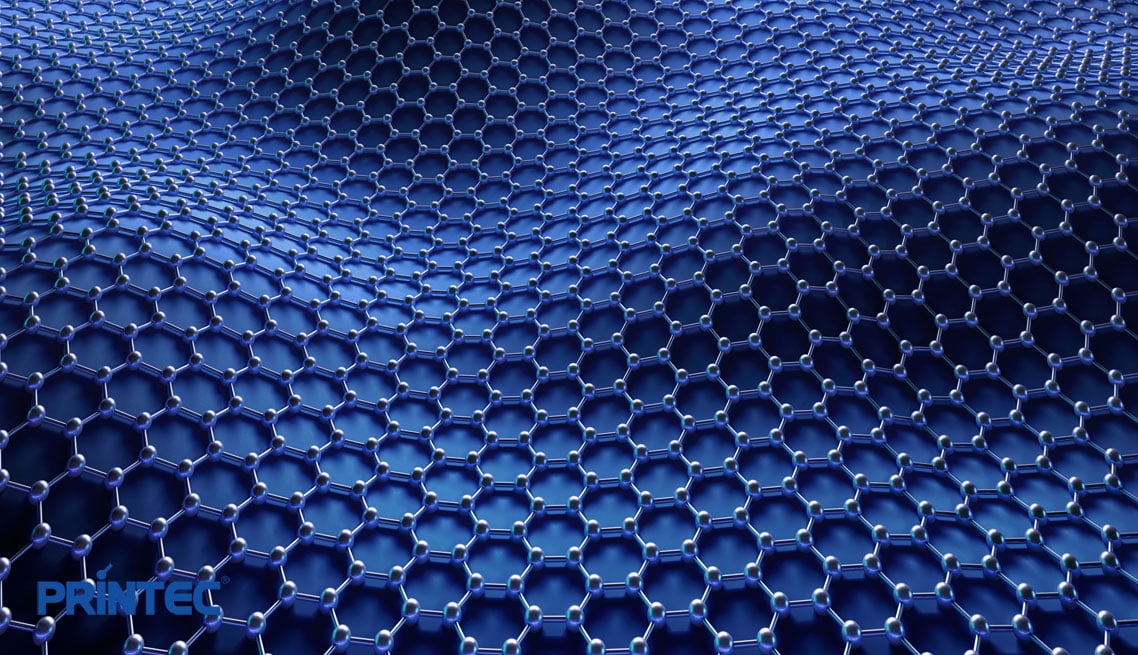
HMI MATERIAL CONSULTATION
PRINTEC Brings on Board – The Ideal Conditions of HMI Material Consulting!
Do you know that in recent times, automatic material consulting has become an important factor in the petrochemical industry? Added to that the importance of developing Human Machine Interface (HMI) for correct monitoring of details.
To ease this operating system, PRINTEC has brought forth services as HMI material consulting. This helps to coordinate the various activities on site and accommodate their updates off-site.
On a wider note, there are a number of principles associated with the designing of an HMI. However, certain key areas must be noted by the HMI material consultants, when they start to operate on a particular site. It is here that PRINTEC makes a mark – way beyond others.
What are the 3 keys to ensure correct HMI material consultation?
To execute the consultation process accurately, these are 3 most important aspects to note.
1. Knowing the user
For a consultant, it is very important to note what the user wants and how to establish that contact with the concerned operator. PRINTEC lives up to that expectation. Its expert team lists out demands of the concerned individuals.
2. Ensuring a simple interface
It is very important to have a simple interface that can be understood well, especially with a high visibility level. More screens – less information – ideal navigation are the secrets to success.
3. Managing consistency
Also, there must be consistency in the interface and none can execute this better than experts at PRINTEC. Their layout, screens, and actions are in tune with each other.
Since HMI material consulting is that significant, one needs the best in this domain. Living up to the expectations is PRINTEC, with its set of experts readily available for you.
PRINTEC uses a wide range of materials in our products. Polyester and Polycarbonate films are extremely common substrates for graphic overlays, printed circuits and spacer carriers, as well as protective tail covers, fillers, and window lenses. There are a variety of graphic overlay materials available, and selection is narrowed down and guided by the specific needs of the customer, whether they be environmental (UV-resistant, weather-resistant, chemical-resistant, etc.), cosmetic (gloss, textured, glassy) or otherwise. We use a combination of UV-cured and solvent-based inks in our products.
Decorative inks are custom formulated to achieve the customer’s color specifications (typically a Pantone Matching System (PMS) color is referenced, but we can also match to custom chips and samples provided by our customers). Our circuits employ various conductive inks, primarily silver and carbon based, as well as printed dielectrics to serve as an insulator (over the tail, for example, and under jumper/crossover traces). Our adhesives are carefully selected based on the application surfaces they will mate against (plastic, metal, painted, smooth, etc.), and the environment they will be stored and used in. PRINTEC is continuously researching and qualifying new materials for various functions.
Substrates
- Polyesters
- Polycarbonates
- Overlay substrate thicknesses are typically in the 0.006” – 0.010” range, but can sometimes be much thicker, 0.020” and beyond
- Polyester Circuit substrate thickness is typically 0.005”, but can range from 0.003” – 0.007” or beyond as required. Polyimide Circuit (FPC) base materials are typically thinner and require additional materials to build up further or to stiffen the part.
Inks / Printable Conductive Materials
- Conductive Inks are usually silver-based (for traces and ESD shields) or carbon (for overprints to mitigate silver migration and/or oxidization, and to reduce friction in the case of ZIF-style connectors. Etched circuits typically use copper conductors. We can also print transparent conductive material as an alternative to ITO (Indium Tin Oxide) surfaces.
- Decorative inks come in many varieties and colors, and can be mixed to arrive at various colors, both opaque and translucent.
- Printed textures and gloss inks can change the surface appearance and properties of overlays.
Assembly Materials
- Application adhesives are selected based on the surface they will be adhered to. Various options are available based on the surface type (metal, plastic, paint, etc.) and energy (high or low). Internal adhesives are selected based on environment, sealing properties, and thicknesses
- Conformal Coating can be applied to FPCs and PCBAs to protect components.
- Thermal Bonding for LEDs and other discrete components.
- EMC/EMI/RFI Shields (Printed or via conductive materials such as aluminum, copper or ITO)
Overlays
- Graphic Film
- Silkscreen and Digital Printing
- IMD (In-Mold Decorative) and Over-mold
- Rubber / Elastomeric Keypads
Regulatory Compliance
- RoHs
- cRoHS
- REACH
- WEEE
- UL/cUL
- IPx
Others
- Sensors
- Plastics
- Metals
- Silicone / Rubber / Elastomer
- Tactile/Non-Tactile Switch Actuators
- Metal/Rubber Keypads
- Supplier Managed Inventory (SMi)
- Protective Shipping Packaging
